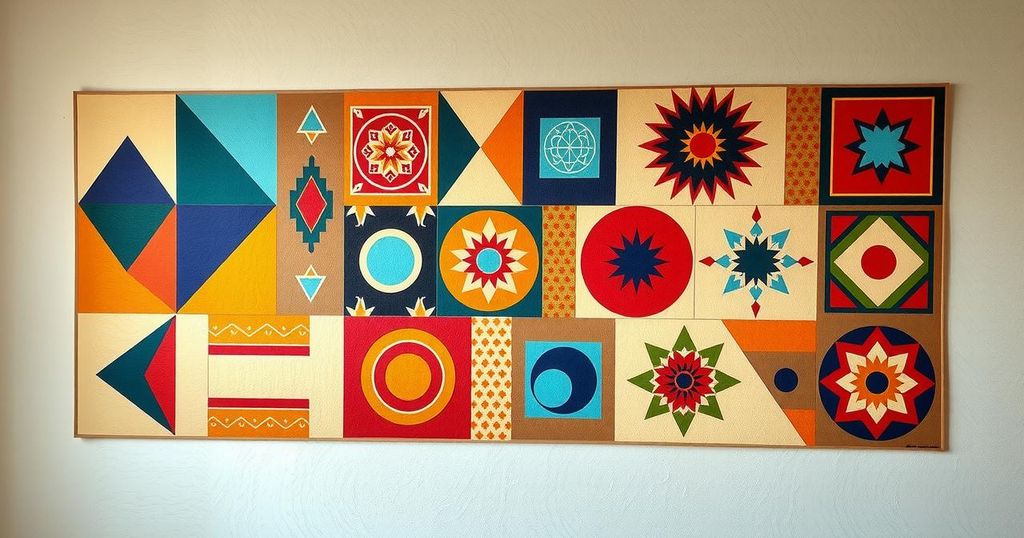Global news
- FINDING MISSION, AMINI, ARBITRARY DETENTION, ASIA, EUROPE, GENEVA, GOVERNMENT CRACKDOWN, HOSSAIN, HUMAN RIGHTS, HUMAN RIGHTS COUNCIL, HUMAN_RIGHTS, INDEPENDENT INTERNATIONAL FACT - FINDING MISSION, INTERNATIONAL LAW, IRAN, IRANIAN GOVERNMENT, MA, MAHSA AMINI, MAS, SARA HOSSAIN, SWITZERLAND, UN HUMAN RIGHTS COUNCIL
Isaac Bennett
0 Comments
UN Human Rights Council Report Condemns Iran’s Repression of Civil Liberties
The UN Human Rights Council’s report details severe human rights violations in Iran, exacerbated since the protests following Mahsa Amini’s death. It highlights torture, criminalization of dissent, particularly against women, and the targeting of ethnic minorities. The report stresses the role of advanced surveillance and technology in suppressing civil rights and documents execution risks for protest-related offenses.
The Iranian Government has intensified its repression of civil rights, including those of children, as stated in a report by the UN Human Rights Council’s Independent International Fact-Finding Mission. The report highlights serious rights violations linked to widespread protests triggered by the death of 22-year-old Mahsa Amini in police custody in September 2022, following her arrest by the “morality police” for hijab noncompliance.
Sara Hossain, Chair of the Fact-Finding Mission, emphasized the severity of these actions, noting that the Iranian authorities committed gross human rights violations during the 2022 protests, which could amount to crimes against humanity. Many testimonies reveal instances of physical and psychological torture, particularly affecting children as young as seven years old.
The report also discusses the increased legal repercussions for women who defy hijab mandates, citing the implementation of the “Noor plan” since April 2024. The Independent Mission reported that women human rights defenders face criminal sanctions, including harsh penalties for peaceful advocacy.
Moreover, the report states that Iran’s ethnic and religious minorities have been specifically targeted amid the protests, with numerous violations occurring in regions populated by these minorities. Testimonies collected for the report illustrate alarming instances of brutal treatment, including individuals being held at gunpoint, enhancing the climate of fear.
Online surveillance and technology have become critical tools for state repression, with the government employing measures that include shutting down Instagram accounts of human rights defenders. The Mission noted that surveillance strategies have been intensified despite prior assurances from President Masoud Pezeshkian regarding the easing of hijab laws.
The use of the “Nazer” application enables citizens to report individuals for hijab violations, further illustrating the intrusive nature of the government’s surveillance measures. The Fact-Finding Mission reported that at least ten men have been executed in relation to the protests, and many others remain at risk amid serious concerns over fair trial rights and torture-induced confessions.
Established in November 2022, the Independent Mission aims to thoroughly investigate human rights violations in Iran, particularly those concerning women and children during the protests. The findings will be presented to Member States at the Human Rights Council’s upcoming session.
The report by the UN Human Rights Council’s Independent International Fact-Finding Mission sheds light on the ongoing human rights violations perpetrated by the Iranian Government following the death of Mahsa Amini. It reveals alarming practices of repression, particularly against women and children as well as ethnic and religious minorities. The use of advanced surveillance technologies highlights the extent of governmental efforts to silence dissent, exacerbated by punitive measures against activists and defenders of human rights. Overall, the situation raises significant concerns for the protection of civil liberties within Iran.
Original Source: www.globalissues.org




Post Comment